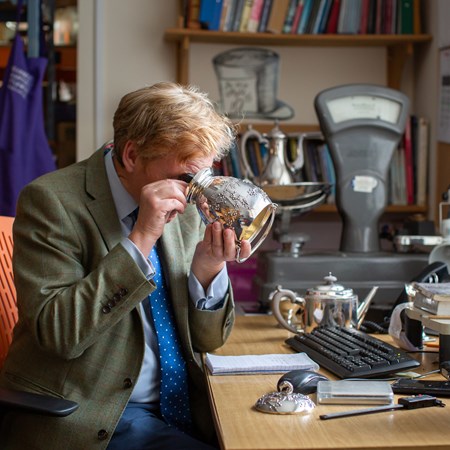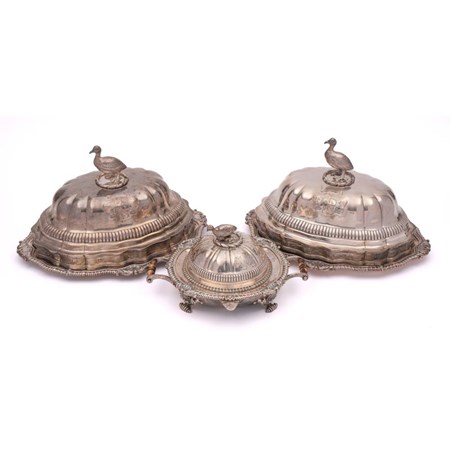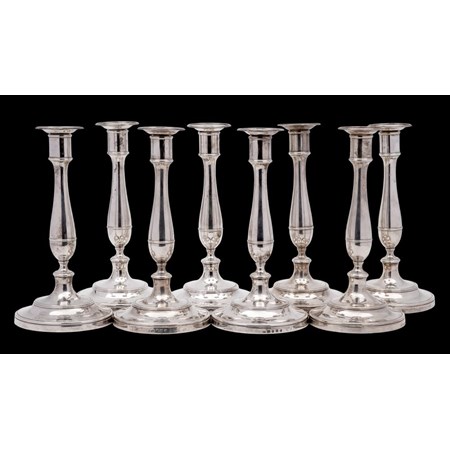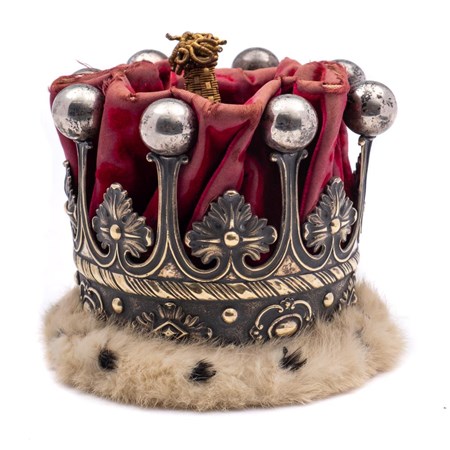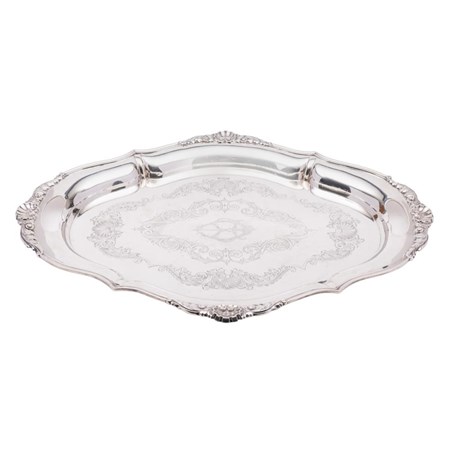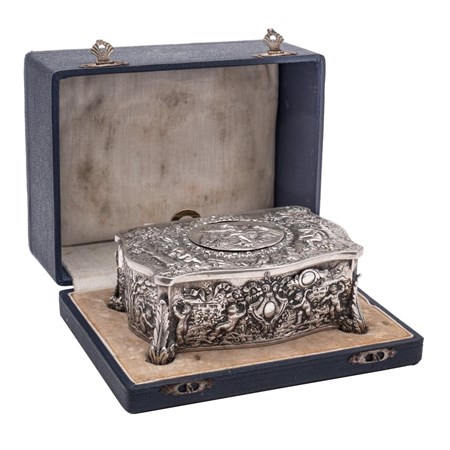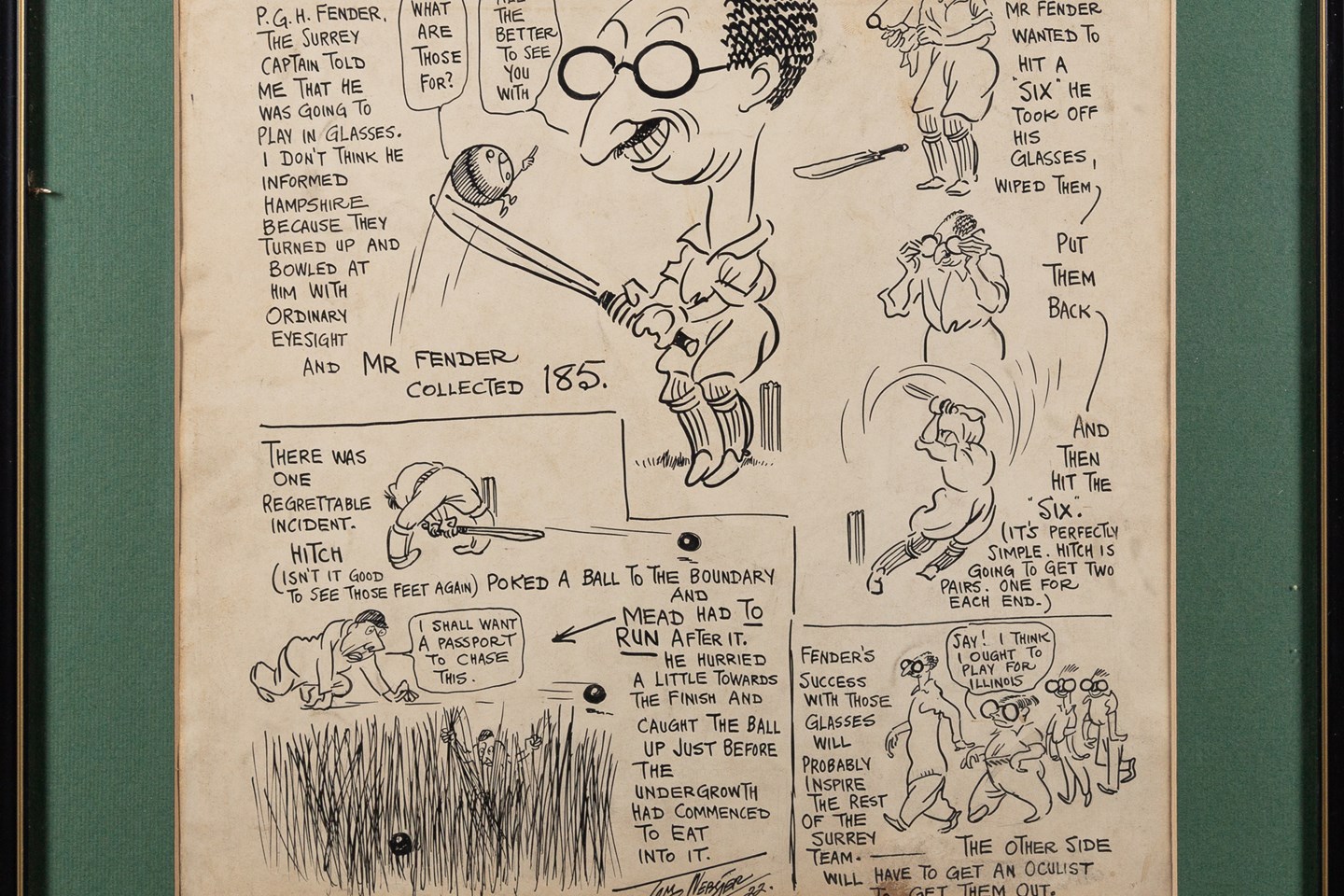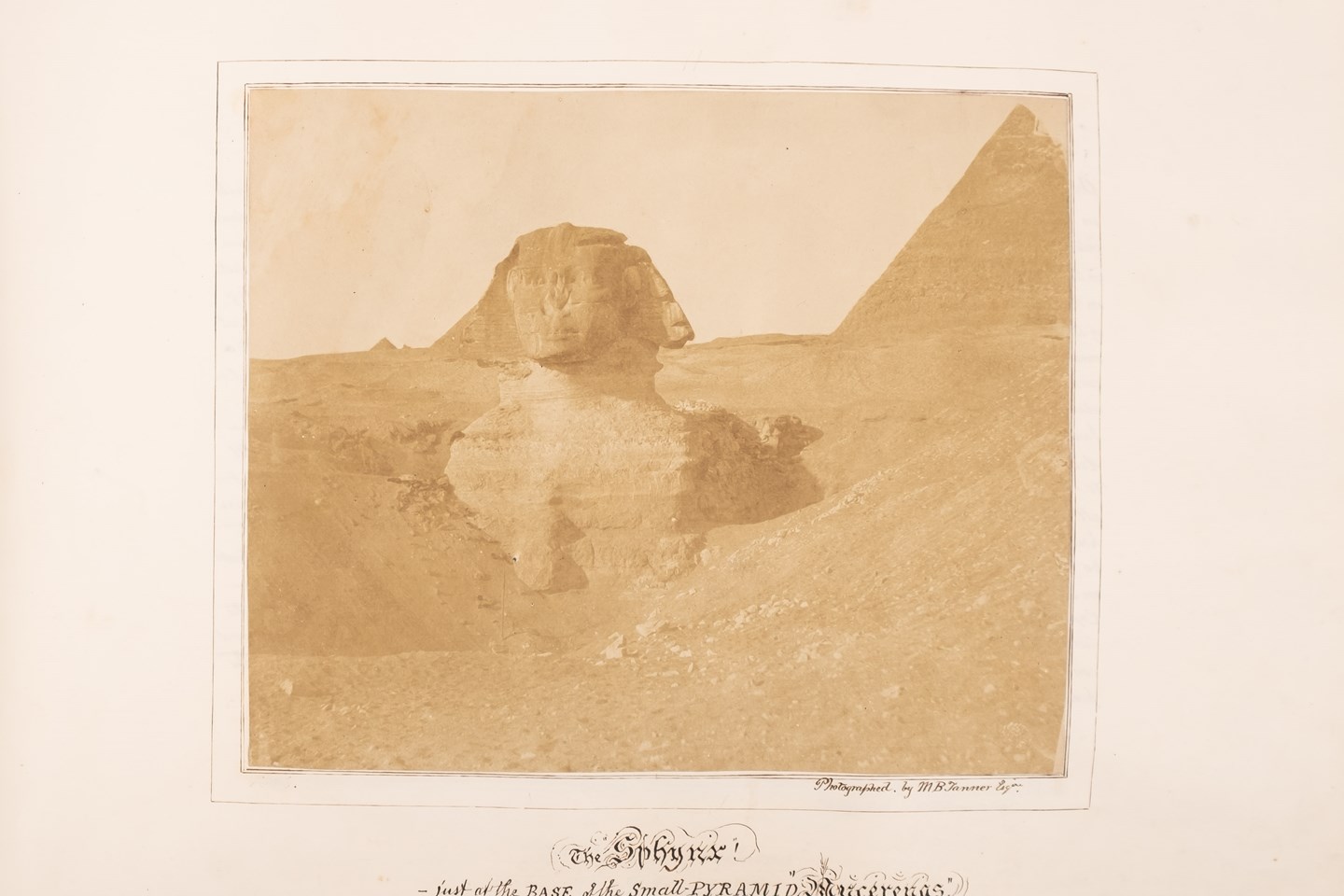The silver sales are held four times a year, in partnership with the jewellery department.
Whilst there is always strong demand for the more usual items such as candlesticks, tableware, tea services and salvers, there has been a steady rise in demand for smaller collectable pieces, such as novelty menu holders, caddy spoons, desk accoutrements, miniature furniture and unusual electroplated items. Bearnes Hampton & Littlewood hold sales of fine silver and silver plate both of English, Continental and Oriental origin.
We are always happy to advise on items you may be thinking of selling at auction, whether by email, telephone, facetime or in person.


